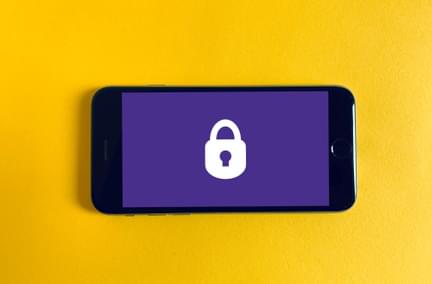How to Spot and Avoid Phishing Scam Emails
Jan 9, 2024 | Home Technology, Helpful Tips, Cyber Security

Scams of all shapes and sizes have been around forever and constantly change. What we used to call “con men” have morphed into cyber criminals who don’t need to be physically present to steal your money or identity. They can and often do operate from halfway around the world, and you’ll never see their faces. But they’ll see yours and a whole lot more, including your bank account numbers and other vital information, if you’re not careful.
In today's digital age, phishing scams have become a pervasive and sophisticated threat to online security. Cybercriminals use deceptive tactics to trick individuals into revealing sensitive information, leading to identity theft, financial loss, and other serious consequences. Recognizing the signs of a phishing attempt is crucial for safeguarding personal and financial information. This article explores various keywords associated with phishing scams and provides a comprehensive guide on spotting and avoiding falling victim to these cyber threats.
What is Email Phishing?
Email phishing is a common tool employed by cybercriminals to exploit individuals and organizations that are fishing (thus the name) for your information so they can steal your identity or hack into your electronics to steal even more. These malicious actors use various methods to deceive users into providing sensitive information, such as login credentials, credit card details, or social security numbers. Phishing attacks often involve seemingly legitimate emails, text messages, or social media messages that aim to manipulate recipients into taking specific actions that will leave them vulnerable.
Common Signs of Phishing Scam Emails
Too Good to Be True Offers
You've heard the saying, right? It's good advice. Cybercriminals use enticing offers to lure individuals into clicking on links or providing sensitive information. If an email promises unbelievable rewards or benefits, it's likely too good to be true.
Sense of Urgency
Phishing emails often create a sense of urgency in the header or subject line to prompt quick actions from the recipient. Scammers use fear (“Your account is in danger of being closed” or something similar) or the promise of immediate rewards (“Click here to win!” or similar) to pressure you into divulging sensitive information or clicking on malicious links. Of course, you could get emails from legitimate accounts or contests, so how do you know which is which?
Generic Greetings
Legitimate companies typically address individuals by their names in official communications. Phishing messages often use generic greetings, such as "Dear Customer" or "Dear User," indicating a lack of personalization that can be a red flag.
Unsolicited Emails
Be cautious of unsolicited emails, especially those requesting personal or financial information. Legitimate organizations usually do not request sensitive data via email, and unsolicited messages should be treated with suspicion. For example, the IRS has a policy of never contacting taxpayers via email; they only send paper letters. Many financial institutions and brokerage firms have similar policies.
Grammatical Errors and Misspellings
Phishing emails often contain grammatical errors and misspellings. Cybercriminals may pay less attention to language accuracy, and these mistakes can indicate a potential scam. Be wary of suspicious links and spelling errors, as these might give away that the email posing as legitimate is really a cybercrime.
Identifying Suspicious Elements
Hover Over Links without Clicking
Hovering over hyperlinks in an email can reveal the actual destination. If the link address looks suspicious or differs from what is displayed, it could be a phishing attempt. Avoid clicking on such links.
Check the Sender's Email Domain
Inspect the email address of the sender. Phishers often use email addresses that mimic legitimate domains with slight variations. Verify the sender's authenticity before responding to any email.
Examine the Subject Line
A phishing email's subject line may contain urgent or alarming language to grab your attention. Be wary of unexpected emails with subject lines urging immediate action or containing suspicious content.
Look for Suspicious Attachments
Avoid opening email attachments from unknown or unexpected sources. Malicious attachments can contain malware or ransomware that can compromise your device and data.
Verify Contact Information
If in doubt, independently verify the contact information provided in the email. Contact the organization or individual using official channels, such as the company's official website or customer support phone number. Ask if they really sent the email. If it's legit, they'll say so.
Enhancing Email Security
Enable Multi-Factor Authentication (MFA)
You can prevent some phishing emails simply with better security. For example, MFA adds an extra layer of protection by requiring users to provide multiple forms of identification, typically involving both a password on the first device and a separate code sent to another device such as a cell phone. Enabling MFA can significantly reduce the risk of unauthorized access even if login credentials are compromised.
Regularly Update Passwords
Frequently updating passwords for email accounts and other online platforms is a fundamental security practice. Use strong, unique passwords for each account to minimize the risk of unauthorized access.
Stay Informed
Awareness is a powerful tool in preventing phishing attacks. As phishing attacks evolve, staying vigilant and adopting proactive measures to protect personal and financial information is crucial. Recognize the common signs of phishing scams, employ good email security practices, and stay informed about the latest cyber threats. By implementing these strategies, you can reduce the risk of falling victim to phishing attempts and contribute to a safer digital environment for everyone.
- phishing
- email domain
- online scam





